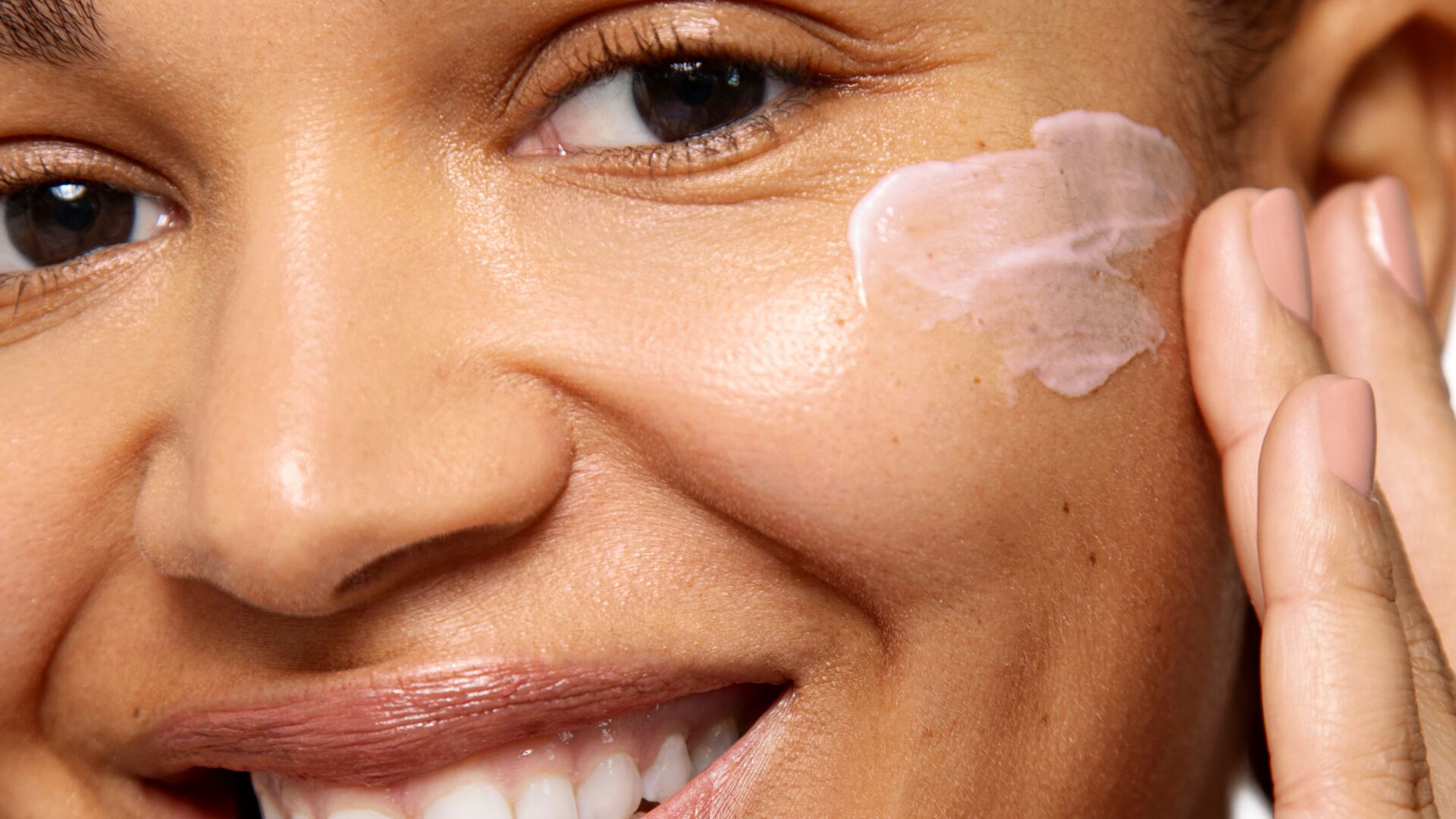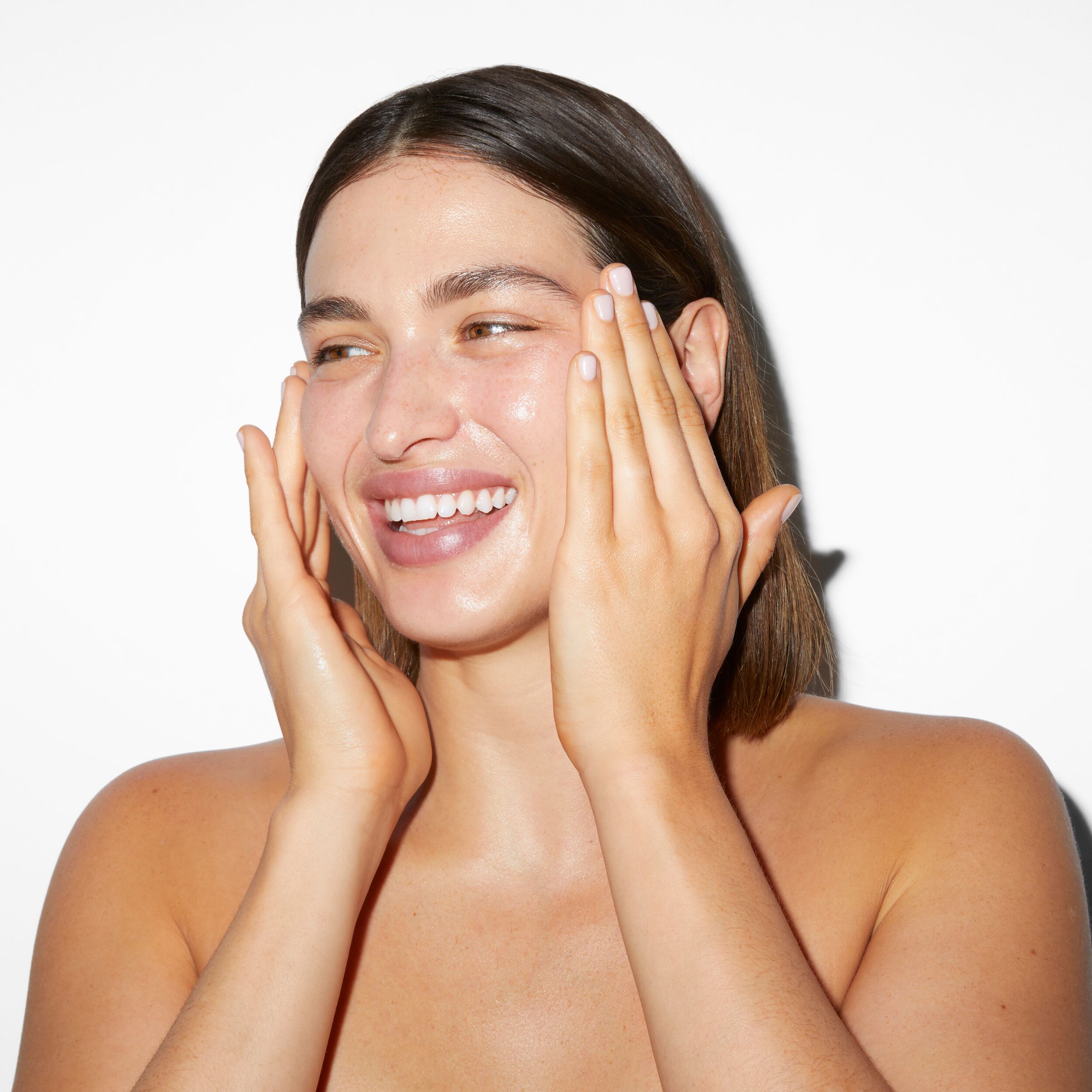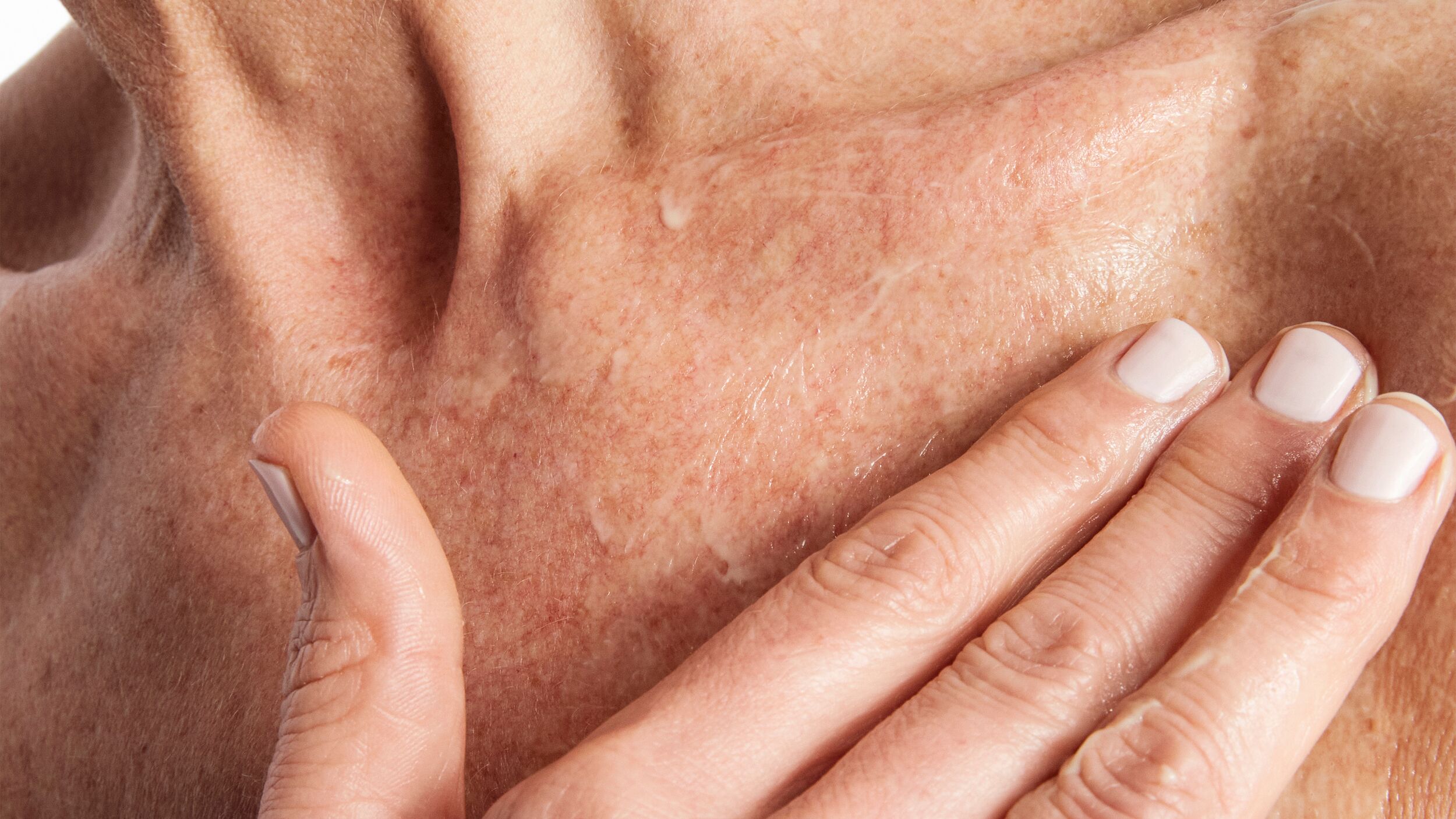
Retinol is the gold standard of over-the-counter anti-aging skincare. Loved by experts, proven to work and suitable for all skin types – it's arguably the hardest-working ingredient in your skincare routine.
You probably know how Retinol works and you likely know what Retinol does to skin - but the rulebook for how often you should use Retinol can confuse even the most knowledgeable beauty expert. Until now.
Retinol is no ordinary skincare ingredient. Proven to be the most effective over-the-counter anti-aging ingredient, it also works on acne and acne-prone skin, improving hyperpigmentation, breakouts, unclogging pores and leaving skin looking smoother and clearer. It even boosts elasticity.
Yet there's a fear factor around Retinol - especially when it comes to knowing what else you can combine it with in your skincare routine, with both current fans and the Retinol-curious asking:
How often should I use Retinol?
Unless a brand specifically says differently – if your skin is tolerating Retinol well after three weeks of use every three days, move up to every other day, then every day. After 12 weeks you should be starting to see resultsand able to move onto something stronger.
If your skin is tolerating Retinol well after three weeks of use every three days, move up to every other day, then every day.
As a rule the more irritated your skin is, the less frequently you should apply it. If your skin responds well, you can start applying Retinol every night. A degree of trial and error is expected until you find your optimum Retinol routine.
When should I not use Retinol?
You should not use Retinol if:
You are pregnant or breastfeeding.
You want to regularly wax an area of skin (discontinue use for at least a week before waxing).
You’re already using a prescription Keratolytic from your dermatologist. (In which case, get her advice first, before you start.)
Footnotes
Reviewed by Consultant Dermatologist Dr Andrew C Markey MD FRCP.


